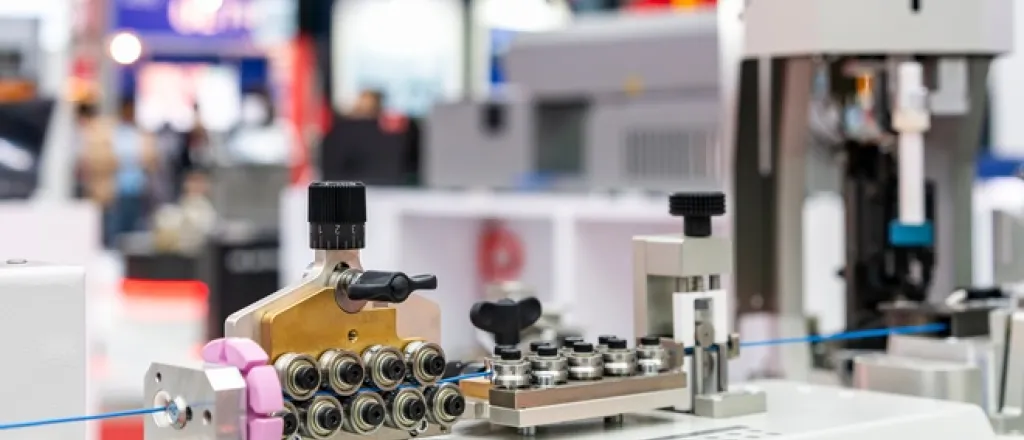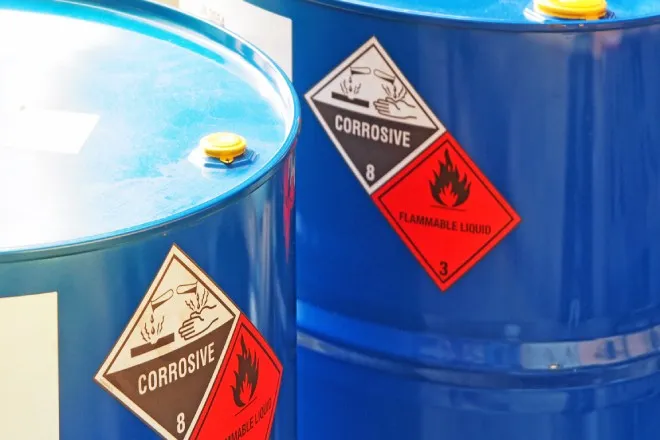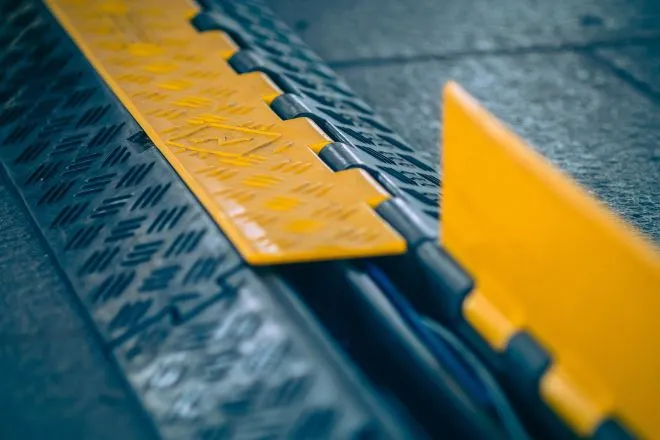
How to maximize the wire prepping process for manufacturing
©
Efficient wire preparation is crucial for successful manufacturing, reducing material waste, minimizing delays, and improving throughput. A streamlined wire prep process can mean the difference between meeting production targets and falling behind.
If you’re looking to maximize your wire prepping process for manufacturing, you’ve come to the right place. We’ll explain the essential tools, best practices, and safety measures that emphasize efficiency and quality in wire prepping.
Understanding wire types and specifications
Different manufacturing applications require specific wire types, each with unique characteristics that affect the prepping process. Copper wire remains the most common choice due to its excellent conductivity and flexibility, while aluminum wire offers cost advantages for specific applications.
Wire gauge determines both the current-carrying capacity and the tools necessary for preparation. Thicker gauges require more robust cutting and stripping equipment, while thinner wires demand greater precision to avoid damage. Insulation materials also vary significantly, from basic PVC coverings to specialized high-temperature or chemical-resistant coatings. Understanding these specifications before beginning the prep process prevents costly mistakes and ensures that technicians select appropriate tools and techniques for each specific wire type.
Essential tools and equipment
Proper wire preparation demands the right tools for each task. Manual wire strippers work well for low-volume operations and provide precise control over the stripping process. These tools allow operators to adjust cutting depth and prevent accidental conductor damage.
Automatic crimping machines play a vital role in manufacturing, as they increase output for high-volume processes. For high-volume manufacturing operations, automated wire processing machines dramatically increase efficiency by cutting, stripping, and crimping wires in a single operation, reducing handling time and improving consistency across large production runs.
Best practices for wire prepping
Accurate measurement is essential for efficient wire preparation. Standardizing work procedures with exact lengths for different applications minimizes guesswork and waste, while using measuring jigs or templates ensures consistency across operators. Proper stripping requires careful adjustments to blade depth and angle, cutting through insulation cleanly without damaging the conductor to prevent weak points.
Effective crimping relies on selecting the right terminal to match the wire gauge and application. Operators should confirm the full positioning of the wires within terminals before crimping and check that crimps meet visual inspection standards to ensure reliable connections.
Safety measures
To maximize the wire prepping process for manufacturing requires the implementation of strict safety measures. Wire preparation involves sharp tools and potentially hazardous equipment that require appropriate safety precautions. These precautions prevent work stoppages for injuries and reduce downtime in manufacturing.
Safety glasses protect eyes from wire fragments and metal particles that can scatter during cutting operations. Cut-resistant gloves provide hand protection while maintaining the dexterity needed for precise work. When using automated equipment, manufacturers must implement proper lockout/tagout procedures. These procedures ensure that machines remain safely de-energized during maintenance, cleaning, or troubleshooting activities.
Amplifying your manufacturing success
Optimized wire preparation processes enhance manufacturing operations by improving quality and efficiency. Investing in the right tools and consistent procedures helps manufacturers meet growing demand while upholding high customer standards. Proper wire preparation lays the groundwork for long-term manufacturing success.
















